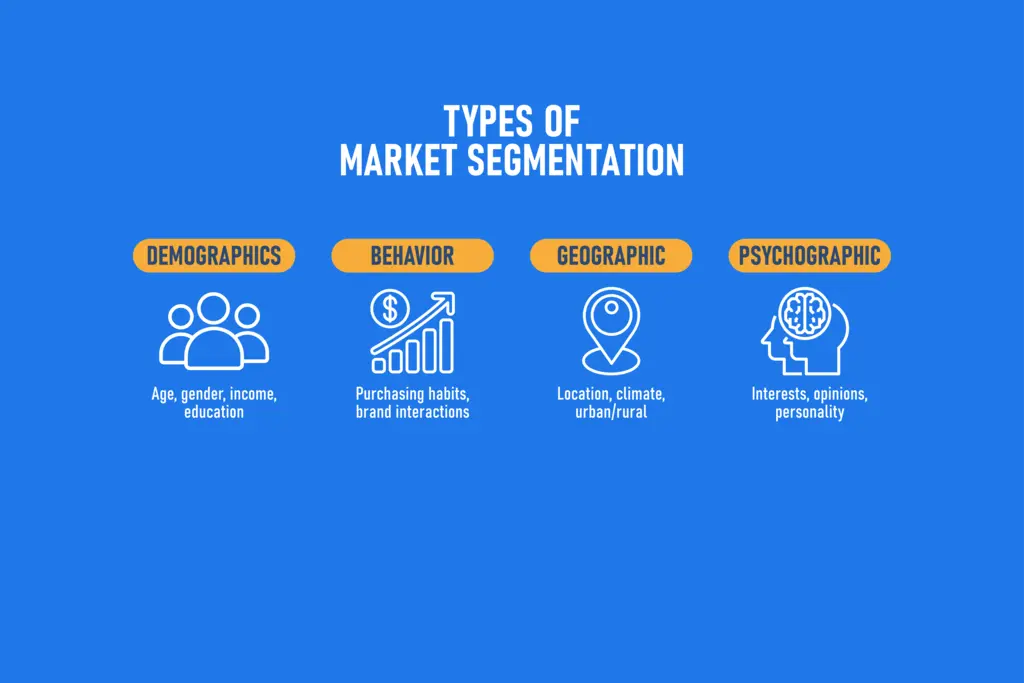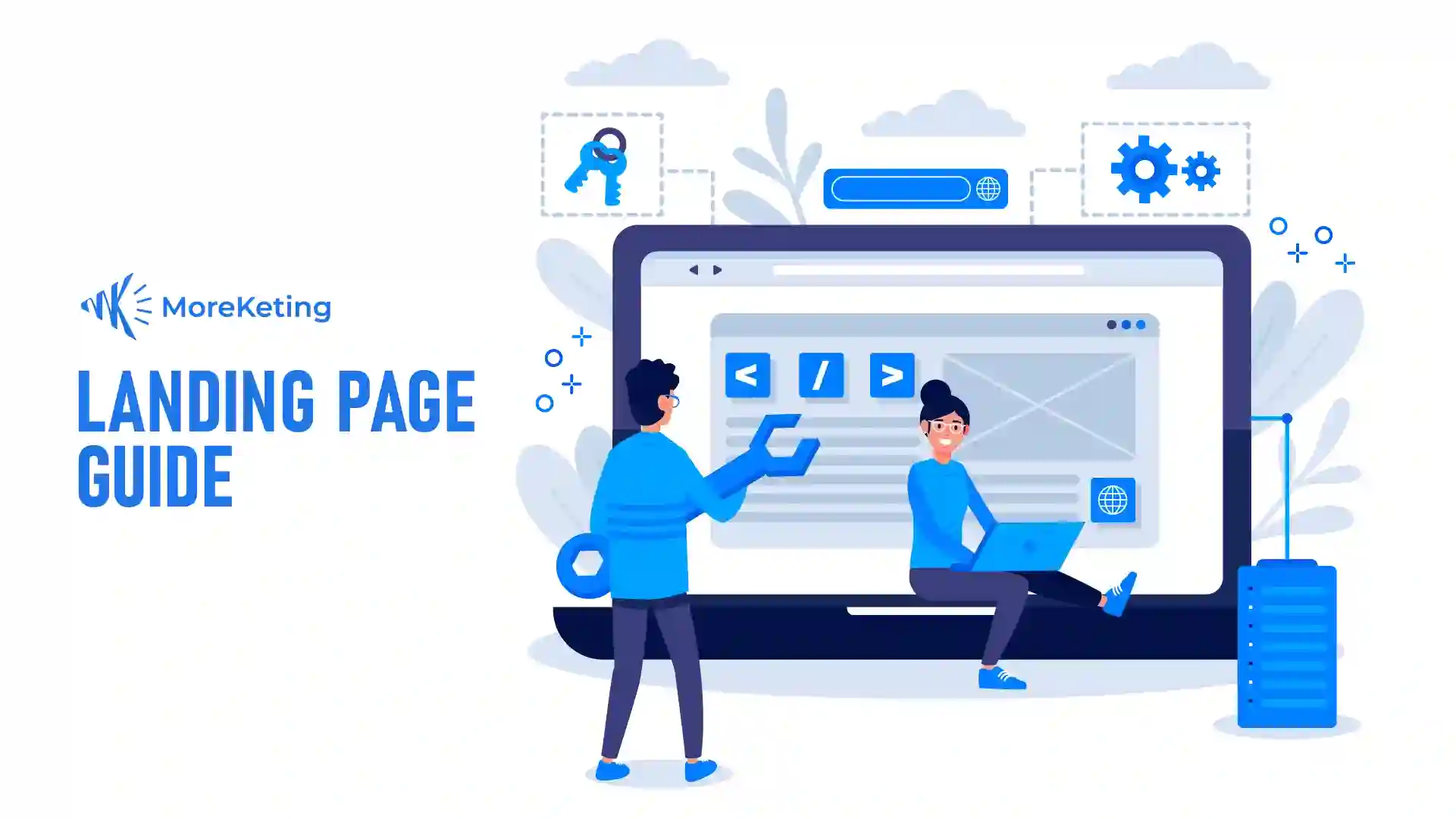Today, businesses are diving deep into their customer data to create personalized experiences that resonate with each individual. So, why is segmentation so important? Because when you understand your customers on a granular level, you can create marketing campaigns that speak directly to their needs, wants, and behaviors.
In this article, we’ll explore how customer segmentation works, the types of segmentation, the tools that can help, and some best practices for turning data into successful campaigns.
What is customer segmentation and why does it matter?
At its core, customer segmentation is the practice of dividing a customer base into smaller, more manageable groups based on shared characteristics. These groups might be based on demographic, behavioral, geographic, or psychographic factors, among others. The goal is simple: to better understand your audience so you can deliver tailored messages and offers that resonate with them.
Why does it matter? Think about it: Would you send the same email campaign to a 25-year-old tech enthusiast and a 55-year-old business executive? Probably not.
Types of Customer Segmentation

Demographic Segmentation
It involves grouping customers based on basic characteristics such as age, gender, income, education level, and marital status. For example, a luxury car brand might target high-income people aged 30 to 50.
Behavioral Segmentation
This includes buying patterns, purchase frequency, brand loyalty, and product usage. For instance, an online retailer might segment customers who frequently buy tech gadgets from those who only purchase occasionally.
Geographic Segmentation
This could be as broad as country or region or as specific as zip codes. For example, a clothing brand might promote winter coats to customers in cold climates and beachwear to those in warmer areas.
Psychographic Segmentation
This segmentation type is more abstract, but it can be incredibly powerful. Think of a fitness brand targeting customers who value health and wellness, or a sustainable clothing brand appealing to environmentally conscious individuals. By understanding what drives your customers’ actions and choices, you can create content that truly resonates with them.
Tools and Methods for Customer Segmentation
There are a variety of tools and methods available to help businesses segment their customer base effectively. Let’s look at the most popular options.
CRM Systems
Customer Relationship Management (CRM) systems are essential for businesses that want to organize, manage, and analyze customer data. CRMs store detailed customer information, such as purchase history, interactions, and preferences, making it easier for businesses to segment their audience based on these factors. And MoreKeting offers at all in one solution for this without the excessive prices.
Data Analytics Platforms
Data analytics platforms help businesses gather and analyze large sets of customer data to uncover patterns and trends.
Best Practices for Creating Targeted Campaigns

Understand Customer Needs and Preferences
The first step in creating a targeted campaign is to understand your customers’ needs and preferences. What are their pain points? What do they value most? By answering these questions, you can craft messages that speak directly to each segment.
Set Clear Goals for Each Segment
Not all customer segments will have the same goals or motivations. For example, a segment of budget-conscious shoppers might respond to discounts, while a segment of loyal customers might appreciate exclusive offers.
Personalize Marketing Messages
For example, you can include a customer’s name in an email or recommend products based on their previous purchases.
Test and Optimize Campaigns
Once your campaign is live, it’s essential to test and optimize based on performance data. A/B testing can help you determine which messages, visuals, or offers work best for each segment. MoreKeting delivers this solution—plus more—tailored specifically to your needs
Next step? Send us your goals.
Whether you’re leveraging demographic, behavioral, geographic, or psychographic data, powerful segmentation means delivering the right message at the perfect moment.
At MoreKeting, we equip you with the tools, strategies, and expertise to:
- Decode your audience’s true needs
- Hyper-target campaigns for maximum impact
- Drive measurable growth—no guesswork needed
FAQS
1. What tools can I use for customer segmentation?
Popular tools include CRM systems like the one we offer on MoreKeting.
2. How can I segment customers based on behavior?
Behavioral segmentation focuses on factors like purchase history, brand loyalty, and usage frequency. Tools like CRM systems and data analytics platforms can help you identify patterns in customer behavior.
3. What are the benefits of geographic segmentation?
Geographic segmentation enables businesses to tailor their marketing efforts based on location-specific factors, such as weather, cultural preferences, or regional trends.
4. How do I measure the success of a segmented marketing campaign?
The success of a segmented campaign can be measured by analyzing key performance indicators (KPIs) like conversion rates, engagement rates, and return on investment (ROI).





